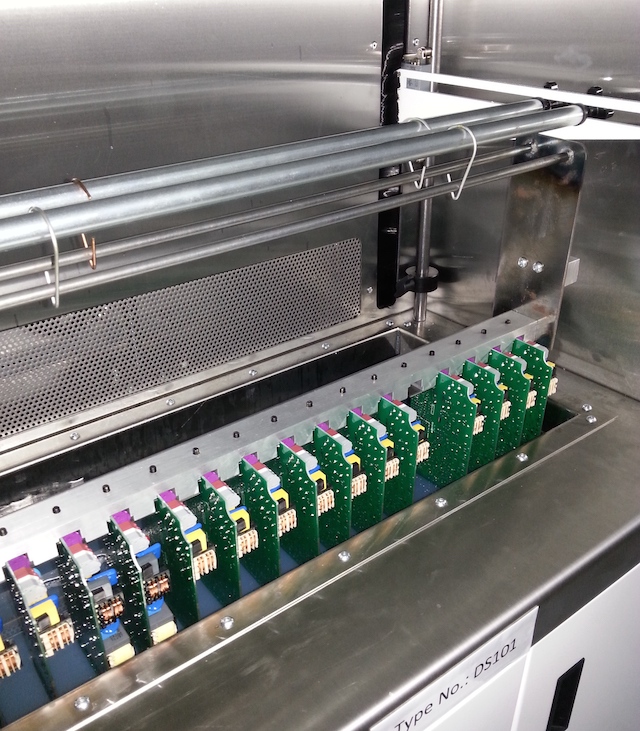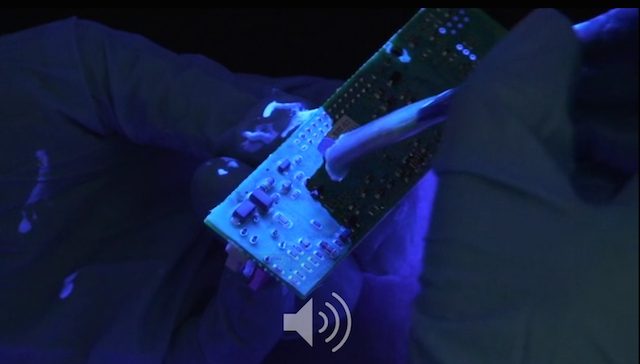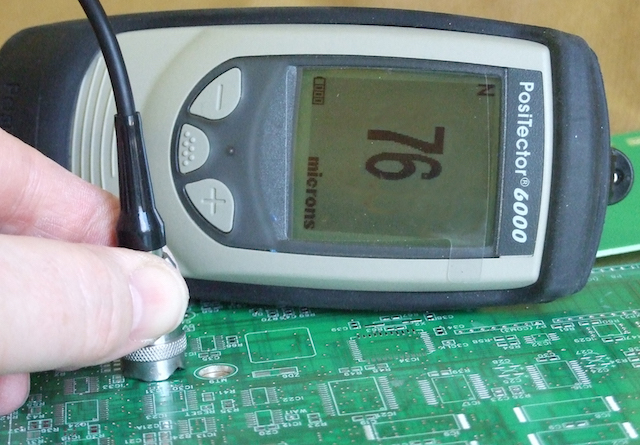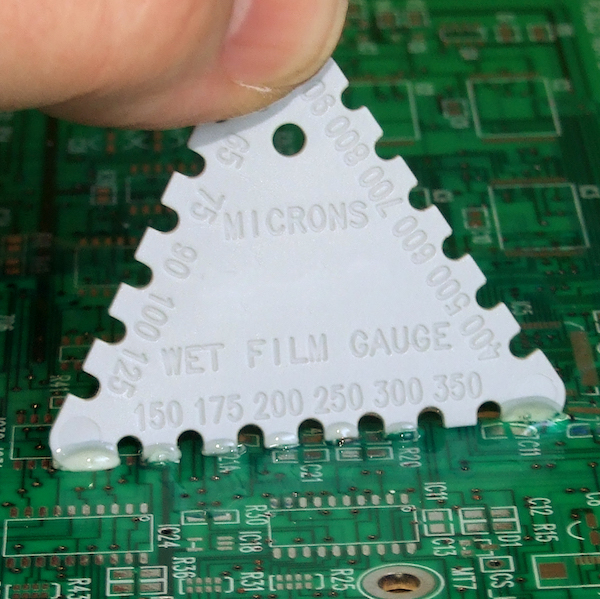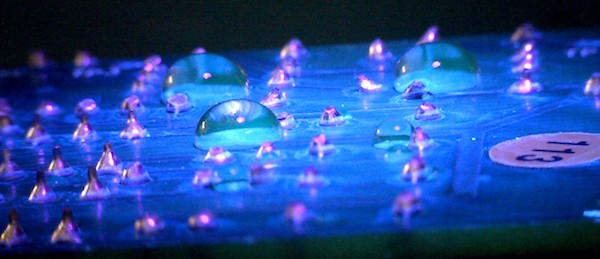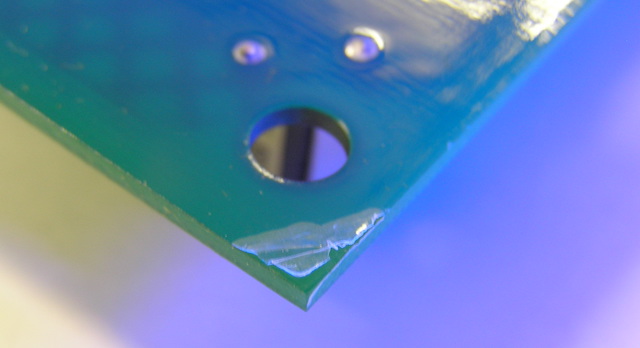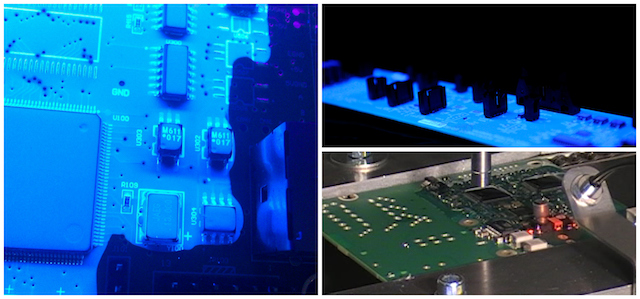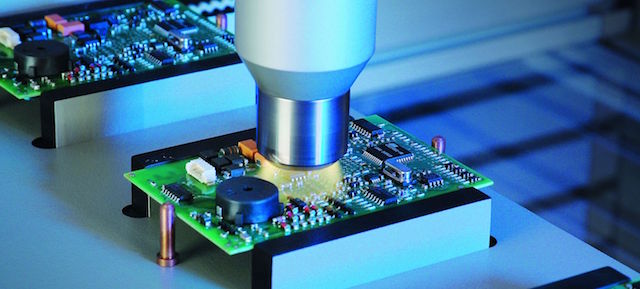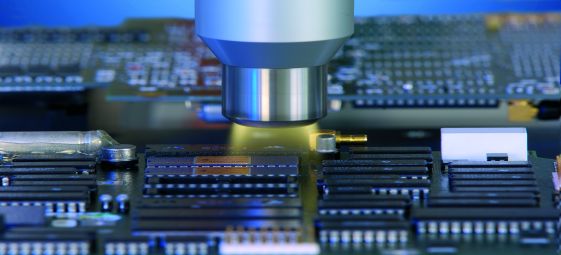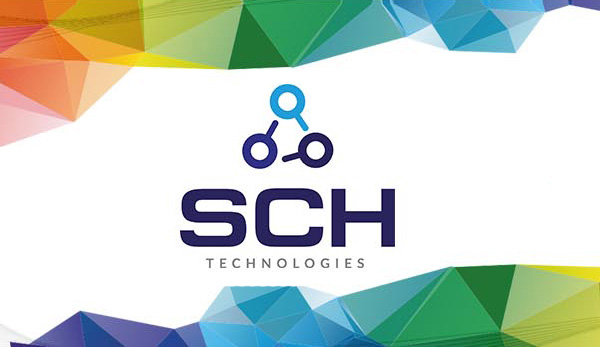Diamond MT, a conformal coating and Parylene coating service provider in the USA, found they saved more than 60% of their current masking costs by switching to the SCH range of conformal coating masking boots.
Sean Horn, Diamond MT, explains how they did it.
“We had initially wanted to try SCH’s conformal coating masking boots for price savings. However, once we began to work with Lee on our specific masking application, we realised that we could extend the life of our boots over 200%. We switched immediately!
We then realised the importance of working with someone who understands coatings. We will not being going back to our previous supplier.”
Sean Horn, Director, Diamond MT, Parylene and conformal coating subcontract service provider.
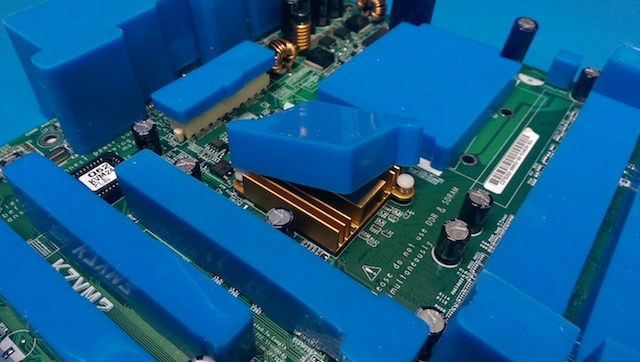
Diamond MT saved more than 60% of their current masking costs by switching to the SCH range of conformal coating masking boots.
So why did Diamond MT switch to our range of masking boots?
When the analysis was completed, it was found pricing for our conformal coating masking boots was lower by 30% compared to their current supplier.
This made a significant saving to Diamond MT and immediately a trial production run was started.
What was really interesting was after using them in the first month, Diamond MT found the masking boots lasted twice as long as their original boot from the alternate supplier.
This meant that now Diamond MT has halved the volume of boots they order and this has reduced their costs by 60% for the year.
This meant what started as a simple trial led to a huge saving to Diamond MT as a partner with SCH.
Need to know more about using conformal coating masking boots in your application process?
Contact us now and we can discuss how we can help you.
Give us a call at (+44) 1226 249019 or email your inquiries at sales@schservices.com

